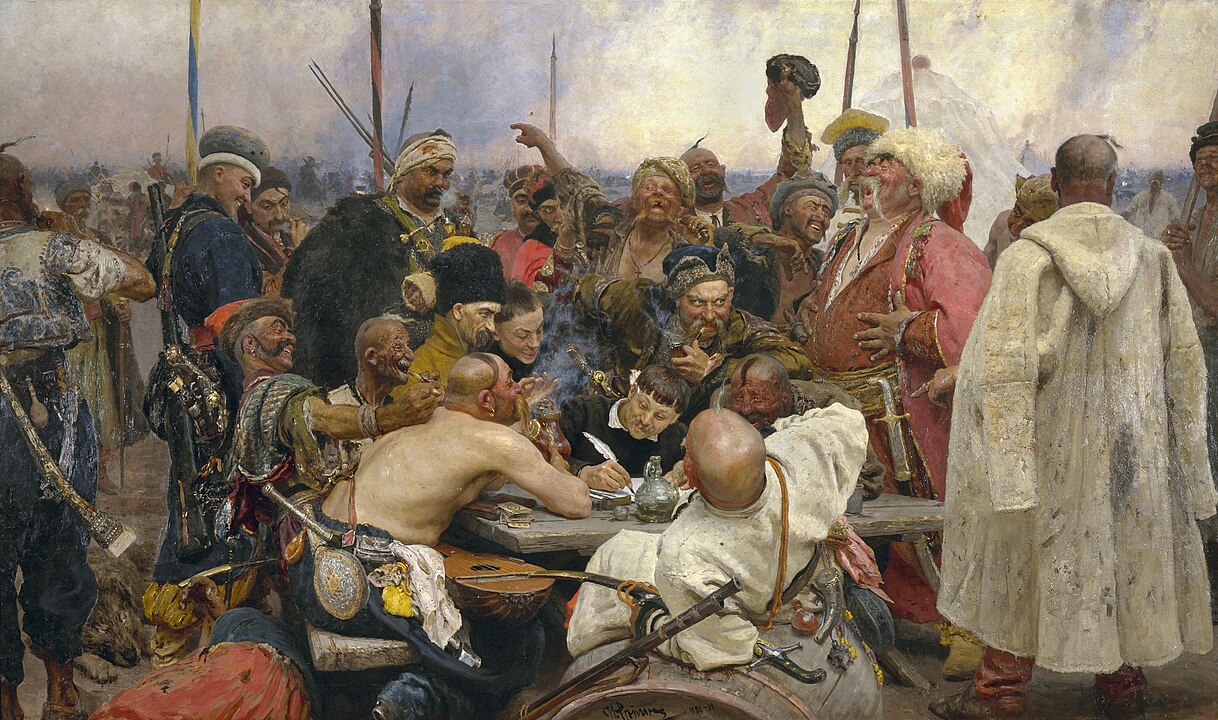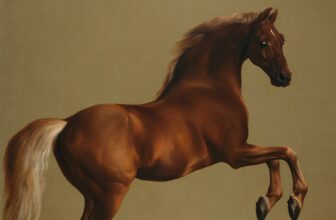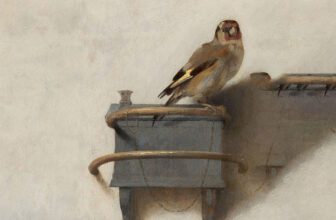
A Deep Dive into Ilya Repin’s Reply of the Zaporozhian Cossacks Painting
In the heart of Russian art, where realism meets folklore and patriotism, one colossal painting stands out for its vibrant energy, irreverent humor, and sheer historical weight: “Reply of the Zaporozhian Cossacks” by Ilya Repin. Celebrated as one of the most dynamic and emotionally charged works in 19th-century Russian painting, it captures not only a moment in history but a profound spirit of defiance that resonates across centuries.
This is a story about more than just a painting. It’s about the rebellious soul of a people, the genius of an artist, and the potent alchemy between art and national identity. So, what is this masterpiece all about? Why has it captivated viewers for over a century? And what does it really mean?
Who Painted Reply of the Zaporozhian Cossacks?
The man behind this monumental work is Ilya Yefimovich Repin (1844–1930), a towering figure in Russian realism. Born into a modest family in what is now Ukraine, Repin rose to become the leading painter of the Russian Empire during the 19th century. Known for his psychological depth, expressive realism, and social consciousness, Repin’s works often addressed profound themes of national identity, historical memory, and human suffering.
Repin was a key member of the Peredvizhniki (The Wanderers), a group of realist artists who rejected academic art in favor of works that addressed social and political issues. His oeuvre includes iconic works such as Barge Haulers on the Volga, Ivan the Terrible and His Son Ivan, and Religious Procession in Kursk Province. But among all his masterpieces, Reply of the Zaporozhian Cossacks holds a unique place for its combination of humor, defiance, and historical spectacle.
What Is Reply of the Zaporozhian Cossacks All About?
The painting is based on a legendary event said to have occurred in 1676, when the Zaporozhian Cossacks, a fiercely independent and militaristic people of the Dnieper River region, received a demand for submission from Sultan Mehmed IV of the Ottoman Empire.
The Sultan’s message was pompous and dripping with imperial arrogance. According to legend, the Cossacks, infamous for their irreverent wit and disdain for authority, responded with an outrageously vulgar and mocking letter, ridiculing the Sultan’s titles and declaring their refusal to bow down.
While historians debate the authenticity of this exchange, it became a powerful national myth in Russia and Ukraine, a David-and-Goliath moment showcasing Cossack pride and irreverence in the face of tyranny.
What Is Happening in the Reply of the Zaporozhian Cossacks Painting?
Repin’s painting captures the moment of composition, the writing of the infamous reply.
In the canvas, a group of Zaporozhian Cossacks are gathered around a scribe, who is diligently penning their response as the men gleefully shout obscenities, laugh heartily, and suggest crude phrases. The entire atmosphere is one of unrestrained joy, camaraderie, and rebellious exuberance. It’s not a scene of battle, but of cultural resistance through humor.
Every figure in the painting is bursting with personality. There’s a man slapping his thigh in laughter, another gesturing wildly, a fellow puffing on a pipe, and others guffawing with abandon. Their dress is colorful and varied, hats, sashes, jewelry, and embroidered shirts, reflecting both their ethnic diversity and rugged individualism.
The central figure, the scribe, acts as the eye of the storm, focused yet amused, capturing the group’s spirited chaos on paper. The painting is less about physical action and more about emotional momentum. You don’t just see the laughter; you hear it.
Symbolism and Interpretation: What Does the Painting Mean?
At its core, Reply of the Zaporozhian Cossacks is a celebration of freedom, identity, and resistance. Through the Cossacks’ defiant laughter, Repin presents a powerful symbol of the common man’s refusal to be cowed by authority.
1. A Symbol of National Pride
For both Russia and Ukraine, the Cossacks represent a rugged national archetype, proud, independent, and indomitable. In Repin’s time, national identity was a complex and evolving matter, and this painting offered a romanticized image of heroism and unity rooted in a shared past.
By depicting the Cossacks laughing at the most powerful Muslim monarch of the time, Repin elevates them to almost mythic status. They become folk heroes, champions of free spirit and underdog defiance.
2. The Power of Humor as Resistance
The humor in the painting is not incidental, it’s the very essence of the message. In mocking the Sultan, the Cossacks transform political submission into a farce. Their laughter is a weapon, their vulgarity a subversion of imperial authority.
In a 19th-century Russia governed by czars and censors, Repin’s work also contains subtle commentary. It suggests that resistance doesn’t always come through revolution or violence, sometimes it comes through a joke, a song, or a spirited refusal to take one’s oppressor seriously.
3. The Group Dynamic and Human Emotion
Unlike most traditional historical paintings which focus on great men and singular moments, Repin’s canvas is populated and democratic. There’s no single hero here. The focus is on the collective spirit, the boisterous humanity of the group. Each face is a study in character, and together they form a portrait of unfiltered joy.
This aligns with the Russian realist movement’s focus on portraying the lives and emotions of everyday people, not just elites or mythic figures.
What Type of Art Is Reply of the Zaporozhian Cossacks?
Reply of the Zaporozhian Cossacks is a quintessential example of 19th-century Russian Realism, but it also incorporates elements of genre painting, history painting, and even caricature.
1. Realism
Repin was known for his detailed, life-like portrayals. Every figure in the painting is based on careful study and sketching. Repin reportedly used real Cossacks and descendants as models, traveling through Ukraine to gather material.
The clothing, gestures, and settings are meticulously rendered, yet never stiff. They capture the rough textures of leather, the glint of a gold earring, the folds of a sash, all contributing to the sense of lived-in authenticity.
2. History Painting
As a large-scale work (the original is more than 10 feet tall and 13 feet wide), this painting falls into the tradition of history painting, a genre reserved for grand narratives, often with moral or patriotic undertones.
But Repin upends expectations: instead of a solemn battle or coronation, we get riotous laughter. Instead of valor in combat, we get valor in language. It’s history through a different lens.
3. Humor and Caricature
Repin’s genius lies in how he threads the needle between accurate portraiture and exaggerated expression. The facial expressions verge on caricature, but never feel cartoonish. They embody an emotional truth that transcends realism.
The Creative Process: A Painting 11 Years in the Making
Repin began work on Reply of the Zaporozhian Cossacks in 1878 and didn’t complete it until 1891, a testament to his commitment and the scale of the project. He made hundreds of sketches, portraits, and studies, and revised the composition multiple times.
He was reportedly obsessed with getting the right expressions of laughter and mirth. He wrote to friends and colleagues, asking them to pose, share anecdotes, or describe scenes of collective joy. It wasn’t enough to paint men; he wanted to paint laughter itself.
Repin later created a second version (1889–1896), which is held at the Kharkiv Art Museum in Ukraine. The two versions differ slightly in size and detail, but both capture the same irrepressible energy.
Where Is the Reply of the Zaporozhian Cossacks Painting Located Today?
The original version of Reply of the Zaporozhian Cossacks is housed in the State Russian Museum in Saint Petersburg, one of the largest and most prestigious art museums in the country.
It remains one of the museum’s most visited and beloved pieces, often featured in exhibitions on Russian identity, history, and art. The second, slightly smaller version is part of the collection of the Kharkiv Art Museum in Ukraine.
Given the complex political relationship between Russia and Ukraine, the painting holds different cultural meanings in each country. In Russia, it is seen as a proud part of national heritage; in Ukraine, it is celebrated as a depiction of proto-Ukrainian resistance to imperialism.
Over a century later, Reply of the Zaporozhian Cossacks continues to inspire artists, satirists, and historians alike. It has been reproduced in posters, postage stamps, textbooks, and parodies.
More importantly, it has become a visual metaphor for resistance. Whether interpreted as a jab at tyrants, a hymn to freedom, or a celebration of irreverent humor, the painting remains deeply relevant.
In a time when political polarization, cultural identity, and questions of resistance are once again at the forefront of global discourse, Repin’s Cossacks remind us that laughter can be a form of defiance, and that art has the power to keep the spirit of freedom alive.
Why Reply of the Zaporozhian Cossacks Still Matters
Ilya Repin’s Reply of the Zaporozhian Cossacks is more than just a painting, it’s a living narrative, a moment frozen in time that still breathes with passion, humor, and history.
It shows us that rebellion doesn’t always wear armor or carry swords. Sometimes, rebellion sits at a wooden table, jokes on its lips, pen in hand, laughing in the face of power.
Through its vivid characters, explosive energy, and rich symbolism, Repin’s masterpiece gives us a mirror, reflecting our desire for autonomy, our need for humor in hard times, and our eternal dance with authority.
And perhaps that’s why, over 130 years after its creation, we’re still captivated by those uproarious, mustachioed men of the steppe, crafting the most insolent letter in history, with joy in their hearts and a gleam in their eyes.




